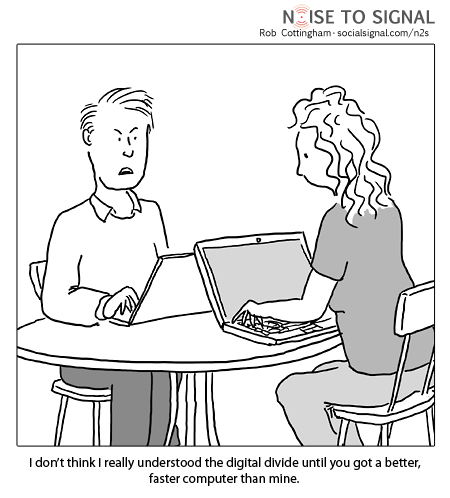This post is my final reflective thoughts on the
subject ETL 505. Although the subject has been thought-provoking I have learnt
to define bibliographic description and describe its importance and relevance
in providing access to information and importance in a digital environment.
Prior to studying ETL 505 my understanding of the principles and processes of
describing resources was limited and whilst my new knowledge does not place me
in a professional category of describing information resources, I believe that
it does provide a great insight to the importance of effective resource
description. I have developed the notion that information resource description
is multifaceted and varied. I now understand the necessity of IFLA’s
development of the conceptual models Functional Requirements for Bibliographic
Records (FRBR) (IFLA, 1998) and Functional Requirements for Authority Data
(FRAD) (IFLA, 2009) as they focus on what the user needs to find, identify,
select and obtain, contextualise and justify resources.
ETL 505 has increased my understanding of metadata as
the structured information that describes, locates and provides ease of
retrieval, use or management of information resources (Adamich, 2007). Metadata
standards must be compatible with the emerging technologies of the digital
environment.
The greatest understanding that I developed during the
study of ETL505 is that information resource description and the vast aspects
it entails, is an essential key to the success of the school library. I
previously viewed the library as a source of information, it is now viewed as
an evolving being where knowledge of how resources are described, the use of
vocabularies and an understanding of information retrieval systems is vital. As
research suggests school libraries are fundamental in the success of students’
academic achievement (Lonsdale & Australian Council for Educational
Research, 2003). Knowledge of information resource description allows for
an understanding of principles and processes resulting in the systematic
organisation of resources in a school library. This contributes to student
achievement through effectively and efficiently progressing through the FRBR
user tasks of find, identify, select and obtain for all formats of information
resources.
This unit challenged and extended me while also allowing
me to appreciate that quality resource description, the application of
standards and consideration of the end user is central to information resource
description and ultimately, effective information access and retrieval. It also
highlighted that to maintain relevance, school libraries must consider their
information setting and modify the systems and tools they utilise to best serve
the needs of their users in providing effective access to information.
References:
Adamich, T. (2007). Curriculum based cataloguing and
the new metadata: Cataloguing beyond the world of MARC. Knowledge Quest,
35(5), 66-71.
International Federation of Library Associations and
Institutions (1998) Functional Requirement for Bibliographic Records:
final report, K. G. Saur. Retrieved fromhttp://www.ifla.org/publications/functional-requirements-for-bibliographic-records
International Federation of Library Associations and
Institutions (2009) Functional Requirements for Authority Data: a
conceptual model, K. G. Saur. Retrieved fromhttp://www.ifla.org/publications/ifla-series-on-bibliographic-control-34
Lonsdale, M., & Australian Council for Educational
Research, V. a. (2003). Impact of School Libraries on Student Achievement:
A Review of the Research.

